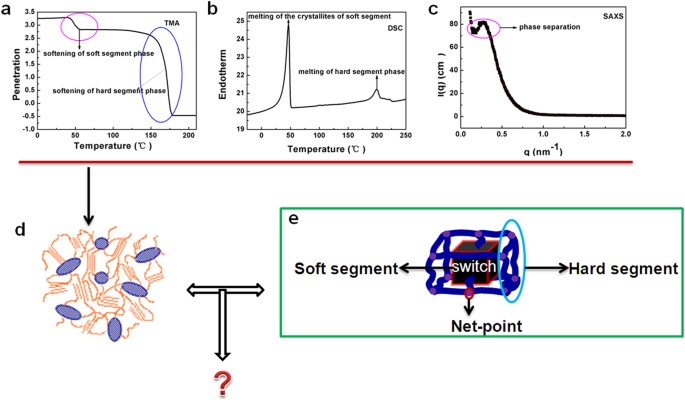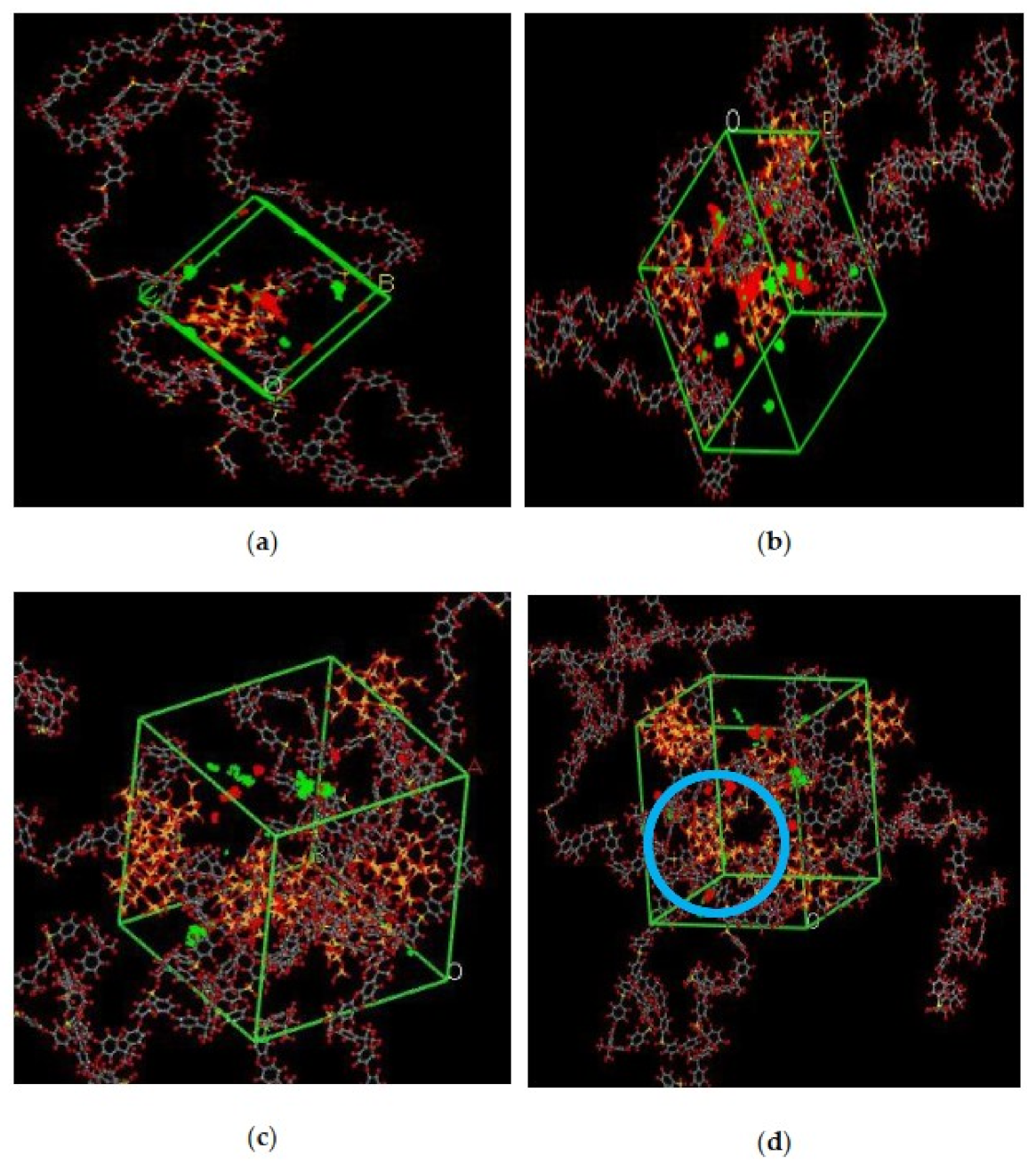

The Fp_Studio, a taskbar program inside Fullprof Suite, is used to visualize the crystal and magnetic structures, considering all filled parameters. In the fullprof suite, you may enter all descriptors manually and in the top command line, choose the pattern simulation instead of the fitting. It is essential to mention that anisotropic displacement (temperature) parameters, βij are all refinable for X-ray or nuclear Neutron scattering. The mentioned factors are anisotropic temperature factors, B11, B22, B33, B12, B13, B23 as treated in Fullprof suite, to simulate or fit the X-ray diffraction.

In contrast to WPPF, WPPM can deal with effects like stacking faults.Ī Particle Shape Quantities and Measurement Techniques - A review, December 2012, Electronic Journal of Geotechnical Engineering 18(A):169 have interesting points. Based on some physically based priory assumptions, the complete peak profiles are considered. Whole Powder Pattern Modelling (WPPM) takes a different approach. Ideally, we hope to get both crystal structure and microstructure (size-strain) information from a single fit nevertheless, real systems often have to sacrifice one. In contrast, a Rietveld refinement of a crystal structure may work as well with empirical profiles. Whole Powder Pattern Fitting (WPPF) tries to fit the observed diffraction pattern using pre-defined peak shape functions. Cylindrical or ellipsoidal models for size anisotropy are applied to overcome the problem. However, this is not a complete pattern analysis, is omitted the mixed reflections' information.įor proper whole pattern fitting, it is necessary a model which includes the treatment of intermediate reflections. You may restrict your analysis to families of reflections for the principal crystal directions like h00, 0k0, and 00l, as mentioned. To model the shape of particles, using WPPF is necessary to access the descriptors of the anisotropy. The presence of a size distribution implies that integral methods like XRD will usually give some mean value for properties like "size" and "shape."

QSAR, QSAR Plus: to identify compounds with optimal physicochemical properties.A sphere is perfectly isotropic therefore, the mean column length is the same for every lattice direction and diffraction peak in an XRD pattern.įor other shapes, the mean column length will depend on the crystal's direction and vary more or less from reflection to reflection.Īpart from the shape of the crystallite and the crystallographic direction, the shape of the diffraction peak profile, the definition of the profile width, and the crystallites' size distribution all play a significant role in the texturized sample.VAMP: high-speed calculation of a variety of physical and chemical molecular properties, e.g., for quick screening during drug discovery.Sorption: to predict fundamental properties, such as sorption isotherms (or loading curves) and Henry's constants.DMol3: quantum mechanical methods to predict materials properties.ONETEP: to perform linear-scaling density functional theory simulations.CASTEP: to predict electronic, optical, and structural properties.Adsorption Locator: to find the most stable adsorption sites for various materials, including zeolites, carbon nanotubes, silica gel, and activated carbon.X-Cell: indexing for medium- to high-quality powder diffraction data from X-ray, neutron, and electron radiation sources.Reflex, Reflex Plus, Reflex QPA: to assist the interpretation of diffraction data for determination of crystallic structure, to validate the results of experiment and computation.Analytical and Crystallization: to investigate, predict, and modify crystal structure and crystal growth.
How to simulate x ray pattern in materials studio software#
Materials Studio is a client–server model software package with Microsoft Windows-based PC clients and Windows and Linux-based servers running on PCs, Linux IA-64 workstations (including Silicon Graphics (SGI) Altix) and HP XC clusters. This software is used in advanced research of various materials, such as polymers, carbon nanotubes, catalysts, metals, ceramics, and so on, by universities (e.g., North Dakota State University ), research centers, and high tech companies. It is developed and distributed by BIOVIA (formerly Accelrys), a firm specializing in research software for computational chemistry, bioinformatics, cheminformatics, molecular dynamics simulation, and quantum mechanics. Materials Studio is software for simulating and modeling materials. products-services /biovia /products /molecular-modeling-simulation /biovia-materials-studio /


 0 kommentar(er)
0 kommentar(er)
